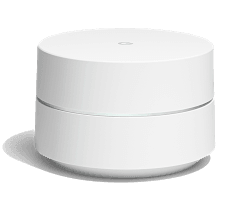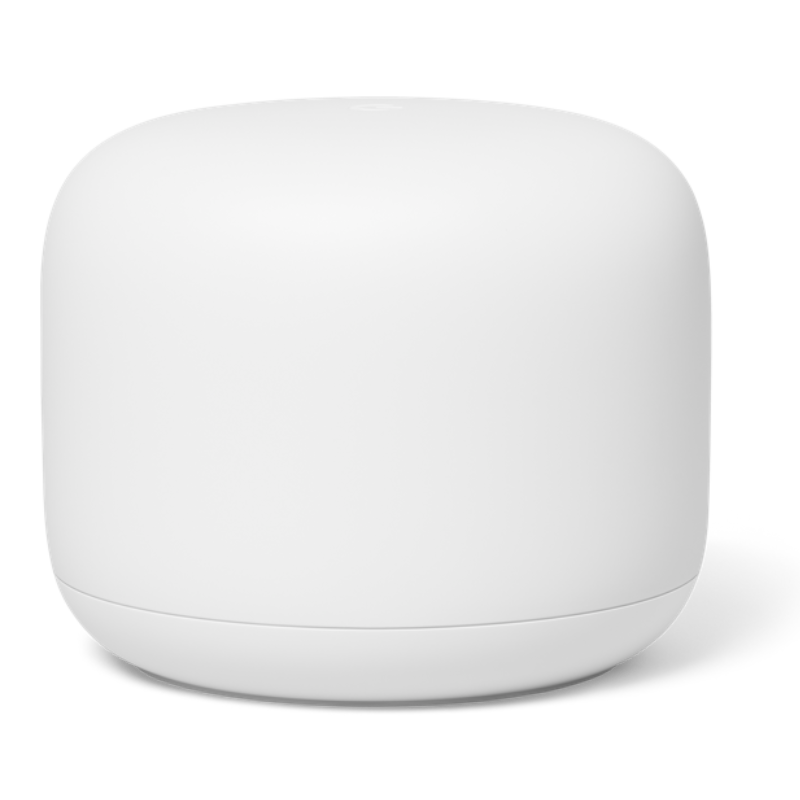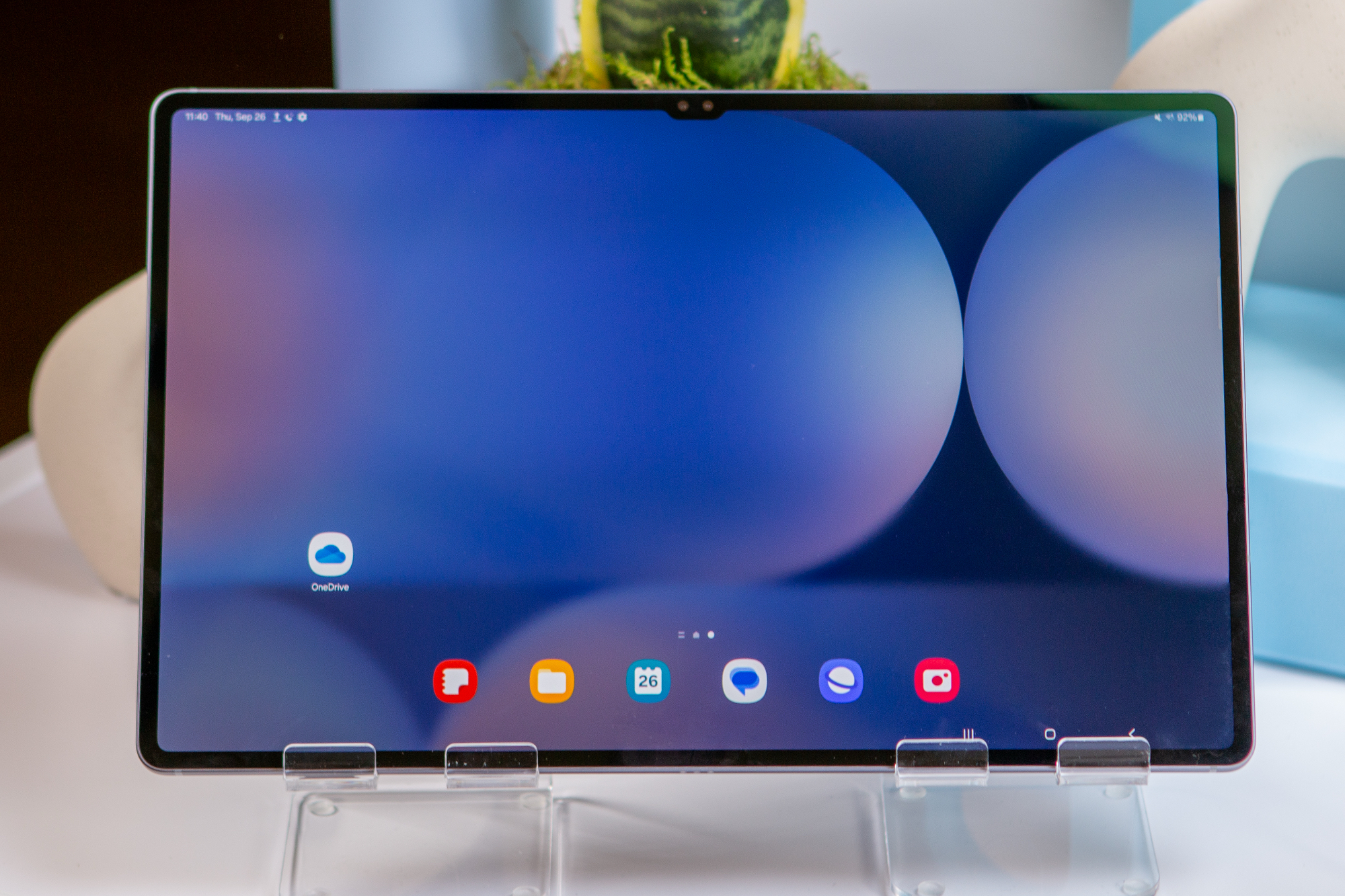Should you buy a Google Wifi in 2022?
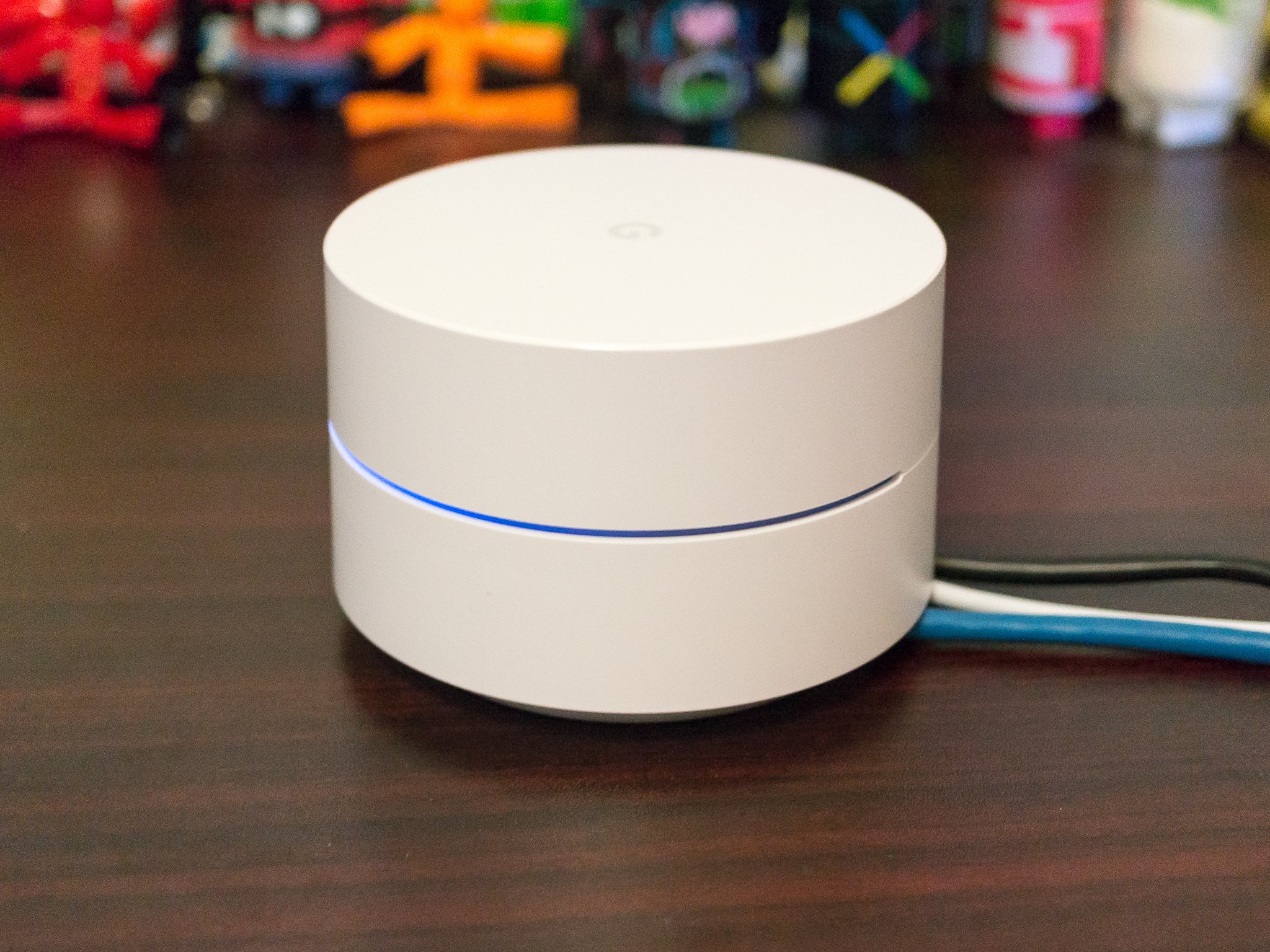
Best answer: Google Wifi is still capable of delivering solid Wi-Fi speeds in a mesh thanks to consistent software updates and compatibility with newer hardware. Whether you are expanding an existing Google or Nest Wifi mesh or building one from scratch, Google Wifi is still a great choice, although if you have the cash we recommend going with Nest for faster speeds.
- True mesh Wifi: Google Wifi System ($99 at Amazon)
- Same family but faster: Nest Wifi ($168 at Amazon)
Why mesh?
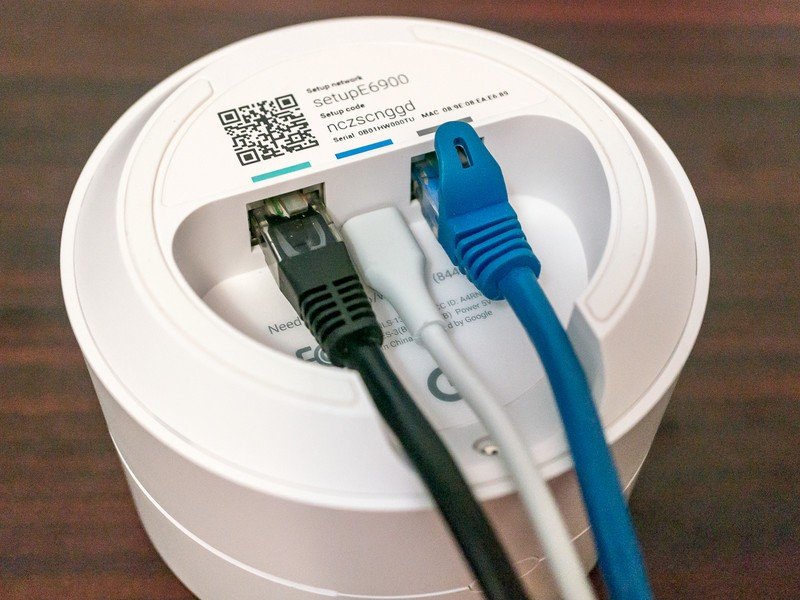
The traditional way to get Wi-Fi in your home was to purchase a router, complete with long black antennas, then place it next to your modem. It was nearly impossible to get your coverage needs just right and it became even more challenging with modern 5GHz Wi-Fi, which is more susceptible to interference. A mesh system utilizes multiple smaller routers working in tandem to cover a greater area with Wi-Fi that can grow to fit any home's needs.
Google Wifi is a true mesh system. All its points communicate with one another to form a cohesive network instead of reporting back to one device that acts as the main router. Each Google Wifi router can cover up to 1,500 square feet. You can use a single Google Wifi device to set up a network for a small area like an apartment, but the system flourishes with multiple Google Wifi points. Each Google Wifi also has two Ethernet ports so you can still get your wired devices connected.
You can buy Google Wifi individually or in packs of three, depending on how large an area you need to cover. You're also free to add in more Google Wifi routers if you find you need more coverage down the road.
The Google advantage
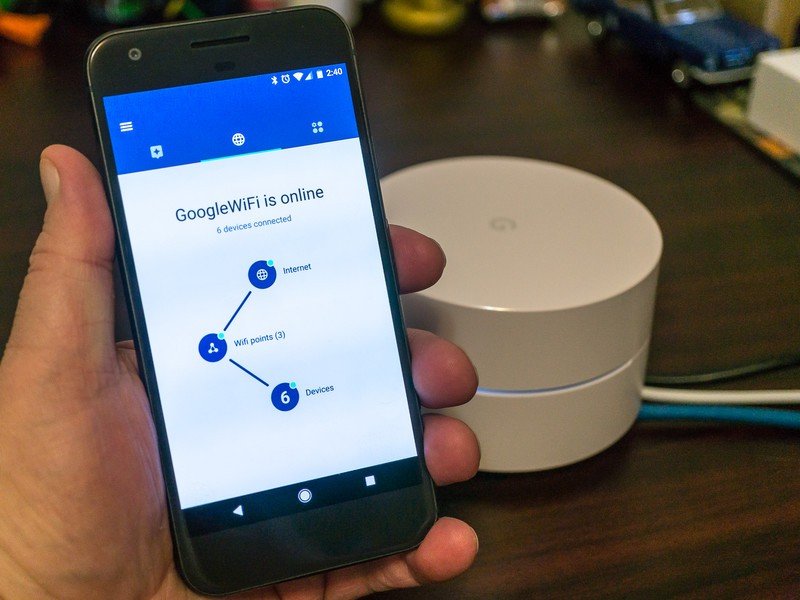
Mesh systems need to work efficiently to provide a consistent Wi-Fi experience to all connected devices. One key part of the equation is the software and that is where Google shines. Google provides consistent and timely software updates that not only help connectivity but include fixes to possible security vulnerabilities when needed. This is all handled automatically so there's no need to jump into the app all the time.
Be an expert in 5 minutes
Get the latest news from Android Central, your trusted companion in the world of Android
Speaking of the app, you must use an Android or iOS device with the Google Home app to set up your mesh network. You will also need a Google Account which can be freely made. This is also how you can add additional routers to your mesh if you find the need down the line.
It's worth keeping in mind that the Google Wifi ecosystem also includes the Nest Wifi router and Nest Wifi point, which are newer and slightly faster components. If you are going to mix and match Nest Wifi and Google Wifi routers, you should have your faster Nest components more towards the center of your network with Google Wifi filling in lower priority areas.
The standard Google Wifi is a capable dual-band router with speeds up to AC1200. This is more than enough for most users but it's worth keeping in mind that the Nest Wifi router is faster at AC2200. This will mainly be a concern for people with a fast internet connection such as a gigabit fiber connection.
Wi-Fi 6 and futureproofing
Google Wifi is still quite capable but there's no getting around that it is one of the slower mesh systems on sale today. While many people will be well served since it should be more than capable of delivering ultra-fast web browsing and even 4K video. Download speeds will be compromised compared to other routers such as the Nest Wifi router.
Both of these systems only support the older 802.11ac or Wi-Fi 5 protocol.
Wi-Fi 6 is faster and more efficient than Wi-Fi 5, which makes it better equipped to handle the growing number of connected devices in our homes than the current standard. Most competing companies are already starting to offer Wi-Fi 6 based mesh systems and going with this newer technology will allow for higher speed but it comes at a significantly higher cost. For most people today, the speeds offered by Google Wifi or its big brother Nest Wifi will be more than enough for several more years.
When Samuel is not writing about networking or 5G at Android Central, he spends most of his time researching computer components and obsessing over what CPU goes into the ultimate Windows 98 computer. It's the Pentium 3.
